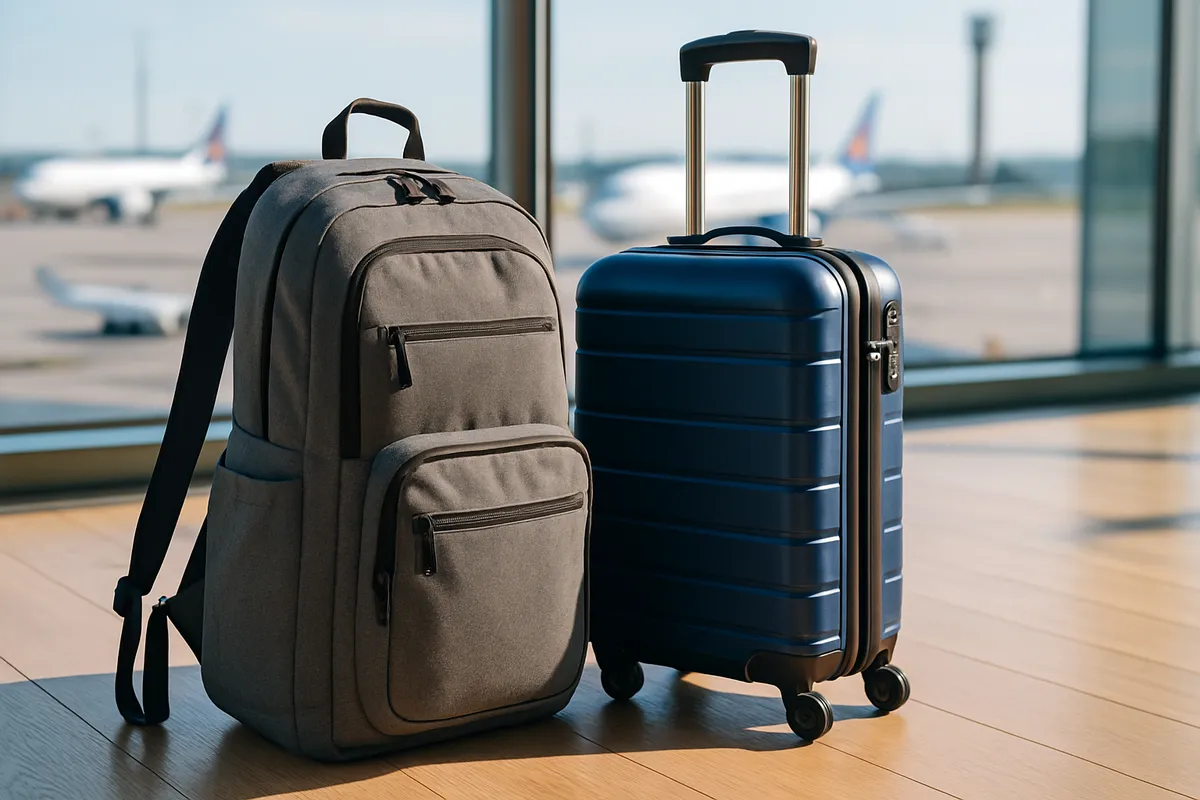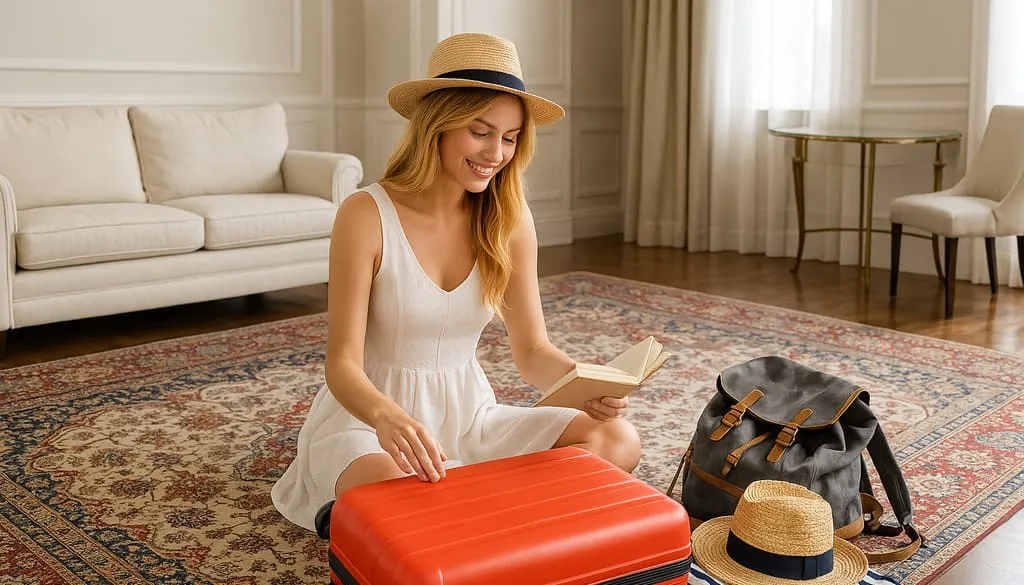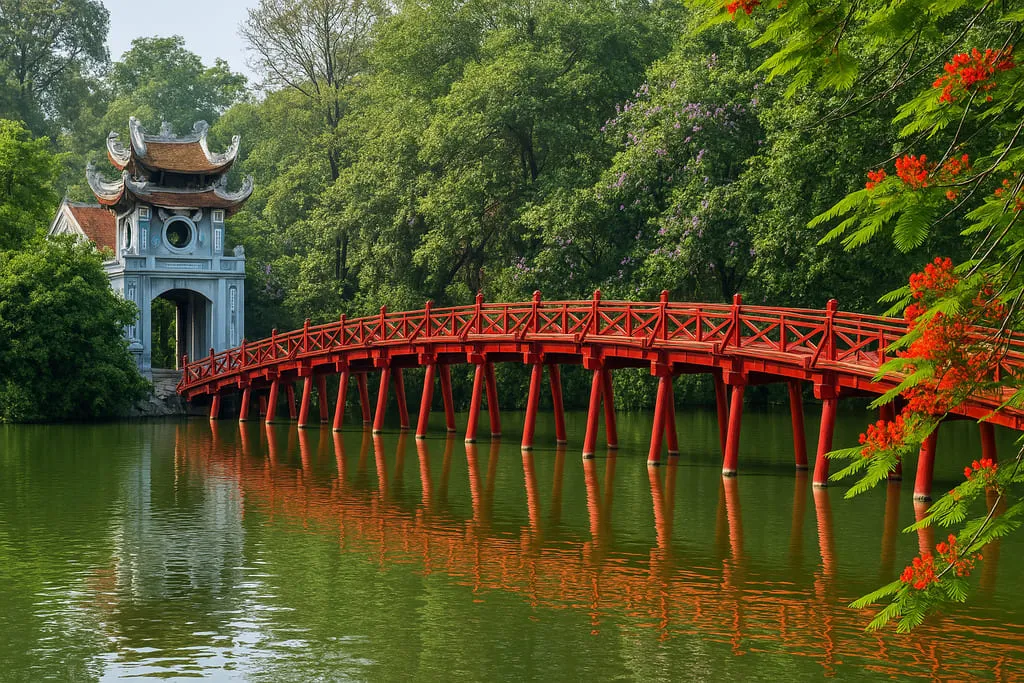Don't buy a backpack or suitcase for travel until you read this.
- Apr 28, 2025
- Travel guide
Don't buy a backpack or suitcase for travel until you read this.
In a market flooded with eye-catching backpacks and suitcases, choosing the right travel companion for each journey is anything but simple. A poor-quality backpack or an ill-suited suitcase can turn a dream trip into an exhausting ordeal. Finding the right one is not just about appearances but about ensuring a smooth, light, and fulfilling experience.
The journey begins with clearly defining the purpose of your trip, as each type of adventure demands very different requirements. If you are trekking through forests or climbing mountains, prioritize a specialized outdoor backpack with a sturdy frame, strong hip belts, and water-resistant materials. Meanwhile, for a short business trip or a weekend getaway in the city, a compact and neatly organized rolling suitcase offers maximum convenience.
While size may seem secondary, it actually has a direct impact on your travel experience. A golden rule shared widely among seasoned travelers is to choose a backpack with a capacity of around 30 to 40 liters for trips under three days and not exceeding 60 liters for longer journeys. For suitcases, a 20-inch model is perfect for cabin luggage and can easily accommodate a three to five-day trip, while sizes between 24 and 28 inches are ideal for longer vacations or international travel. It is wise to avoid oversized suitcases as they are more likely to incur extra baggage fees and cause inconvenience in crowded airports.
Material is another critical factor to examine closely. For trips during the rainy season or to humid tropical areas, opt for backpacks made of PU-coated nylon or hard-shell polycarbonate suitcases to ensure effective water resistance. In contrast, lightweight journeys to resorts or major cities are better suited for fabric suitcases or high-quality canvas backpacks, offering greater flexibility, easier storage, and weight savings.
The empty weight of your backpack or suitcase should also be a priority when choosing. Even the most durable suitcase will lose its appeal if it is too heavy. Most airlines impose carry-on limits of 7 to 10 kilograms and checked baggage limits of 20 to 30 kilograms. Therefore, it is recommended to choose a suitcase that weighs no more than three kilograms when empty to avoid the last-minute hassle of removing items.
The internal design of your backpack or suitcase greatly affects how efficiently you can pack. Backpacks with separate laptop compartments, hidden anti-theft pockets, and securing straps are highly valued by seasoned travelers. For suitcases, flexible divider panels, zippered mesh pockets, and cross straps for securing belongings make packing and unpacking significantly easier. It is also advisable to choose models with thick, lightly water-resistant linings to better protect your clothes and personal items from unexpected impacts or rain.
The wheel and handle system of a suitcase must be thoroughly tested before making a purchase. Rubber dual wheels with strong load-bearing capacity and smooth 360-degree rotation help reduce strain on your wrists and shoulders. A handy tip is to tilt the suitcase at about a 30-degree angle and test pulling it across various surfaces such as tiles, plastic floors, and carpets to assess the wheels' smoothness and durability. The handle should offer at least two adjustable levels and feel sturdy with no wobbling when fully extended.
Zippers and security locks are details many people overlook but are incredibly important, especially for long trips with multiple stopovers. It is best to choose backpacks and suitcases equipped with strong double zippers from reputable brands and international TSA-approved locks to avoid risks during security checks at airports.
Aesthetics also play an undeniable role in choosing your ideal travel companion. A beautiful backpack or suitcase in your favorite color can uplift your spirit every time you set off. However, instead of picking white or light-colored options that easily show dirt, it is wiser to go for neutral tones such as gray, navy, olive green, black, or darker patterns that maintain a fresh appearance even after multiple trips.
One simple yet highly practical tip is to test the backpack or suitcase by carrying or pulling it with a load similar to what you will bring on your trip. This provides a true sense of comfort, weight distribution, and long-term durability. Many travelers find a backpack fits perfectly when empty, only to experience painful shoulders or a sweaty back once fully packed.
If your journey involves continuous transfers between trains, buses, and motorbikes, it is best to opt for a lightweight and flexible backpack instead of a bulky suitcase. For international flights, a hard-shell suitcase with four spinner wheels is the optimal choice for effortless maneuvering through large airports. Flexibility in your choice not only saves energy but also reduces the risk of damage along the way.
Ultimately, a good backpack or suitcase does not have to be expensive. It simply needs to match your specific needs, travel circumstances, and personal style. Choosing wisely once can ensure peace of mind across dozens of trips, enriching each journey from the very first step.
A smooth zipper, a comfortable strap, a wheel that glides effortlessly—these seemingly minor details make all the difference between a seamless journey and a tiring one. Sometimes, a memorable adventure does not just begin at a breathtaking destination but from the smart choice of luggage made long before the first step is taken.

 CHECKIN.VN
CHECKIN.VN








Share on